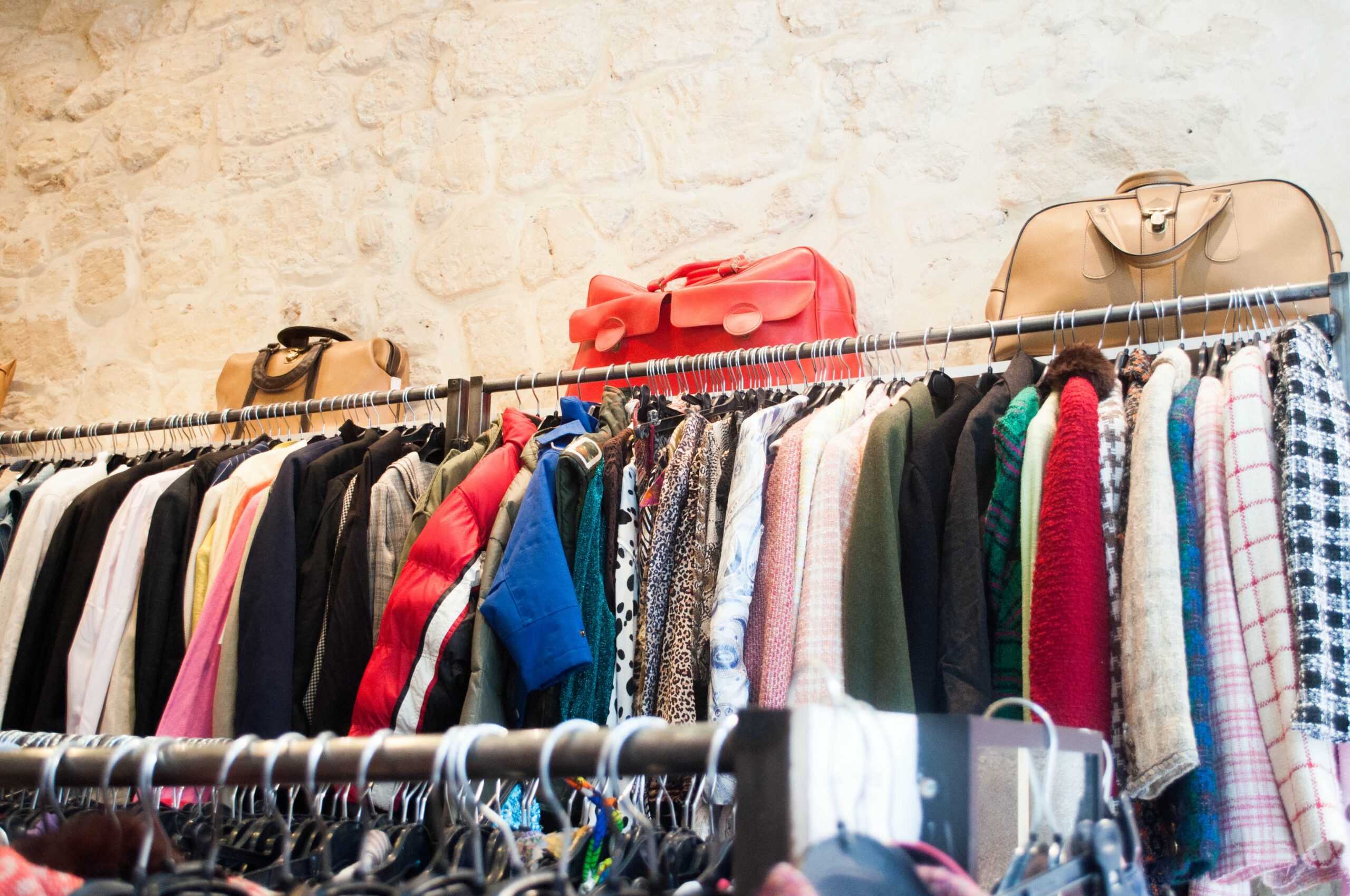The challenges confronting the $3 trillion global fashion industry[1]– ranging from raw material acquisition, labor conditions, factory information, as well as environmental and sustainability concerns- are often complex and hard to tackle.
This is where AI, Blockchain, and emerging technologies present an opportunity to leverage sustainability, social impact, and ethical sourcing in one of the world’s biggest industries.
Blockchain and Artificial Intelligence (AI) are often referred to as the yin and the yang of predicting and recording reality through the use of algorithms and cryptography.
Blockchain, as the name suggests, are chunks of blocks used to store and contain transactions sequentially in an open-source ledger that is accessible to all the stakeholders of that transaction. It is distributed and verified across a peer-to-peer network, designed to efficiently manage enormous amounts of data in real-time on a decentralized platform. Simultaneously, its encryption model effectively keeps unwanted eyes off the network, with no possibility of tampering with the same by a central authority or intermediary.
The concern regarding the duplicity of goods runs deep in the fashion industry, particularly in the luxury brands section, where consumers constantly are fearful of acquiring unoriginal and counterfeit products. The application of Blockchain technology enables brands to narrate a story and give credit to all the people involved in the process by spreading throughout the supply chain. Consumers may now avail information ranging from the procurement of raw materials and factory details to how finished products were packed and transported. The complete disclosure of facts and transparency also offers customers with the knowledge they may need to select/reject counterfeit items, products, or materials that violate environmental, ethical or moral codes of conduct, thereby confirming authenticity across the supply chain.
By leveraging this technology, manufacturers and designers can also protect their brands against replicas and counterfeiting by providing traceability and eliminating all duplicate materials at the source. The mandatory registration of merchandise helps fashion brands to preserve and secure their digital identity in a convenient manner. Moreover, the immutability and decentralisation of records simplify royalty tracking, allowing designers to generate an unalterable proof of production and track both licenced designs and trademarks, encouraging corporate social responsibility and adding confidence and security to the fashion sector.
E.g., For example,The Shanghai Fashion Week witnessed Babyghost collaborating with technology providers to enable everyone in the supply chain, including customers, to validate the legitimacy of its apparel. The firm embedded little chips inside its clothes and accessories, which anybody could scan to establish if the authenticity of the outfit.
In contrast, cloud-based Artificial Intelligence (AI) is emerging from a position of continually learning, analysing and documenting an individual’s attributes based on their search. It creates high predictability of fashion websites, where machine algorithms frequently produce advertisements, posts, articles, and searches that cater best to our tastes and preferences.
With over 50% of the world’s population using social media[2], the fashion and style industry is deeply entwined to act as an expert tool by connecting brands directly with the consumers. AI algorithms are responsible for providing well-informed and relevant product recommendations to online retail clients. Fashion brands develop advertisements for target audiences using internet cookies that marketers can track. Scrutinising customer’s trends and purchase habits, these cookies are subsequently delivered as adverts to chosen persons who then function as possible clients. This not only assists marketers in meticulous Market Segmentation and Geo location-based sales but also helps in improving business operations, demand forecasts and inventory optimization. Manufacturers obtain a good understanding of inventory checks and restocking depending on seasons and establish locations based on ongoing trend forecasting.
The intended result is to elevate customer experiences via personalization that helps foster long-term growth and success.
Apart from that, AI is bridging the gap between brand owners and customers by introducing product development strategies that aid in the interfaces with employees, partners, and consumers, enabling the large-scale creation and development of a new company.
Their influence is felt primarily through the optimization and improvement of Visual Searching in the fashion industry by utilising its investigative history and predictability to accurately forecast trends and product demand, allowing retailers to better manage inventory and cater to customers’ needs and demands. This is accomplished by helping consumers visualise their ideas by capitalising on their personal dilemmas and limited understanding and exposing them to AI chatbot, Virtual stylists, organising prizes, reacting to posts comments, and getting consumer feedback.
Other examples of customer service optimization include GAP’s use of kindred AI(robots) for automated clothes sorting[3], Birchbox’s personalised clothing recommendations[4], Burberry’s virtual garment rooms[5], Alexa’s voice command, and so on.
A common downside to this, however is the sharpening of mere “wants” to “needs” by deluding customers into growing inquisitive and consequently enthusiastic about items they have no need for in the first place, making them obsessive and compulsive shoppers.
To conclude, while the intelligent automation and predictive analysis of Blockchain and Artificial Intelligence have proven to be successful in setting up a decentralized and more democratic platform by promoting self-executive smart contracts that help enhance users shopping experience, retail management, and sales processes in the existing intellectual property regime, it does not address various evils of Modern slavery, overstepping lines of privacy, unlawful competition, control over designs, and tracing the reuse of materials over multiple life cycles, etc. Moreover, it suffers from a generic lack of checks and balances for audits of suppliers and intermediaries in addition to difficulties in mapping out their relationships.
Assuming that more than 10% of the global GDP will be stored in blockchain technologies over the next decade[6], it is high time to draw attention to address, and amend the aforementioned issues and order to attach necessary accountability to all relevant heads to achieve a more sustainable circular economy in the Fashion Industry.
NOTES-
- Thomassey S., Zeng X. (2018) Introduction: Artificial Intelligence for Fashion Industry in the Big Data Era. In: Thomassey S., Zeng X. (eds) Artificial Intelligence for Fashion Industry in the Big Data Era. Springer Series in Fashion Business. Springer, Singapore. https://doi.org/10.1007/978-981-13-0080-6_1
- https://heinonline.org/HOL/LandingPage?handle=hein.journals/manintpr266&div=6&id=&page=
[1] https://fashionunited.com/global-fashion-industry-statistics/
[2] https://backlinko.com/social-media-users
[3]https://roboticsandautomationnews.com/2020/06/12/retail-giant-gap-improves-supply-chain-with-kindred-sort-robots/32996/#:~:text=Gap%20installed%20Kindred’s%20robotic%20picking,maintaining%2099.8%20percent%20in%20uptime.
[4] https://digital.hbs.edu/platform-rctom/submission/birchbox-suffering-from-an-identity-crisis/
[5] https://www.harpersbazaararabia.com/fashion/fashion-now/burberry-launches-augmented-reality-search
[6]https://www.ncsl.org/research/fiscal-policy/blockchain-technology-an-emerging-public-policy-issue.aspx#:~:text=In%20a%20recent%20survey%20on,government%20via%20blockchain%20by%202023.

















